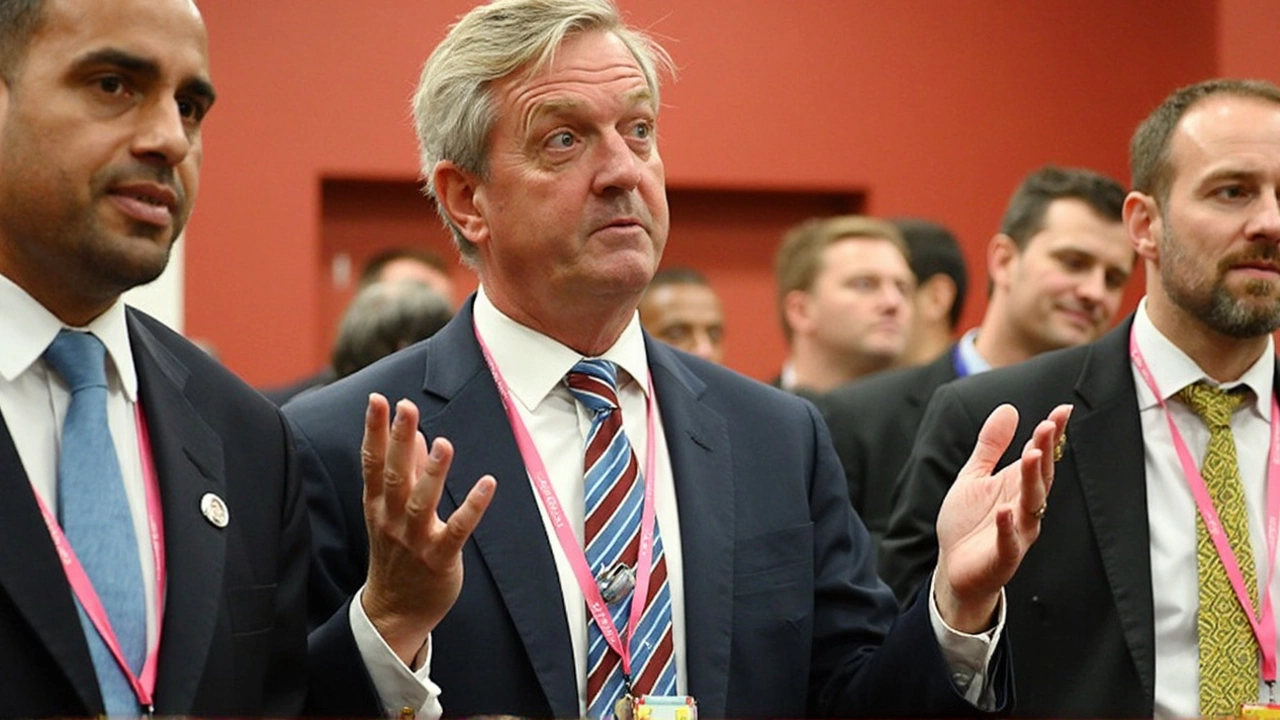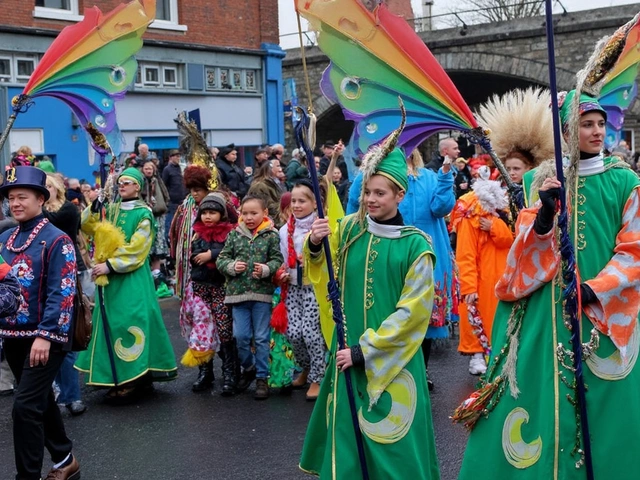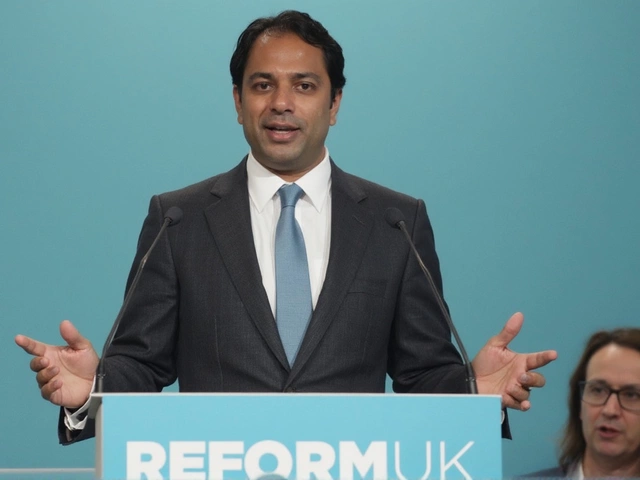
Labour's Big Comeback and Conservative Losses in the 2023 UK Local Elections
The political map of the UK looked very different after the 2023 local elections. Voters sent a loud message, with the Conservatives suffering some of their worst defeats in years. More than 1,000 Conservative council seats vanished—the kind of blow that has party strategists sweating and rivals encouraged. For Prime Minister Rishi Sunak, these results were a reality check as his leadership faced its first major electoral test. The losses weren't scattered or minor; they cut across the heart of Conservative territory, signaling a shift in traditional loyalties and a demand for something different.
There were a few bright spots for the Conservatives. In Torbay and Wyre Forest, they picked up just enough wins to make headlines. But such gains were the exception. The real drama played out elsewhere, particularly in Slough Borough Council. The Conservatives grabbed 16 seats there, ending Labour's 15-year hold and throwing the council into political limbo. It was a shock for local Labour stalwarts and a rare reason for Conservative campaigners to crack a smile. But those wins couldn't offset the wider trend of losses across both traditional strongholds and swing councils.
Liberal Democrats and Independents Take Their Shot
This vote wasn't just about the big two. The Liberal Democrats stormed back with 407 new councillor wins and took charge of 12 more councils. If you look at middle-class "Blue Wall" communities—suburban London suburbs, parts of the Home Counties, and market towns—the Lib Dems were everywhere. Their message resonated with voters disillusioned by years of back-and-forth between Labour and Conservative choices. The party's performance made it clear they are still a force in both city outskirts and rural England, especially with local issues front and center.
Then you had the independents. Local voters increasingly backed independent or residents' association candidates, often because these politicians understood the small, gritty issues—potholes, planning permits, local crime. The Canvey Island Independent Party again proved that strong local roots matter, claiming more ground in Castle Point. In Boston, a Lincolnshire council hit hard by years of tension over Brexit and migration, the Boston District Independents now have real control. The Ashfield Independents also pushed into national headlines, nabbing seats from both major parties and showing how dynamic, hyperlocal groups can upend expectations.
Labour supporters had plenty to celebrate. The party returned as the largest group in local government for the first time since 2002, picking up 537 councillors and taking the keys to 22 councils. Their ground game worked well, especially in city centers and bigger towns. But it wasn't all smooth sailing—Leicester City saw Labour lose 22 seats to a mix of Conservatives, Lib Dems, and Greens, hinting at some underlying voter anxieties. Still, Labour's net gain nationally outshone any regional stumbles.
UK local elections also gave smaller parties like the Greens a chance to chip away at the bigger players, with surprisingly strong showings in pockets across the country—even if this didn’t always translate to full council takeovers.
The new post-election maps and charts don’t just track party colors. They reveal the beginning of a new phase in British politics. Voter alliances are shifting, especially among those tired of mainstream party infighting. Councils that hadn't changed in a generation were suddenly up for grabs. While Labour's advance and Conservative retreat grabbed headlines, the rise of independents and the Liberal Democrat surge may have the most lasting impact on the way local government works—and on how national leaders read the country's mood.




